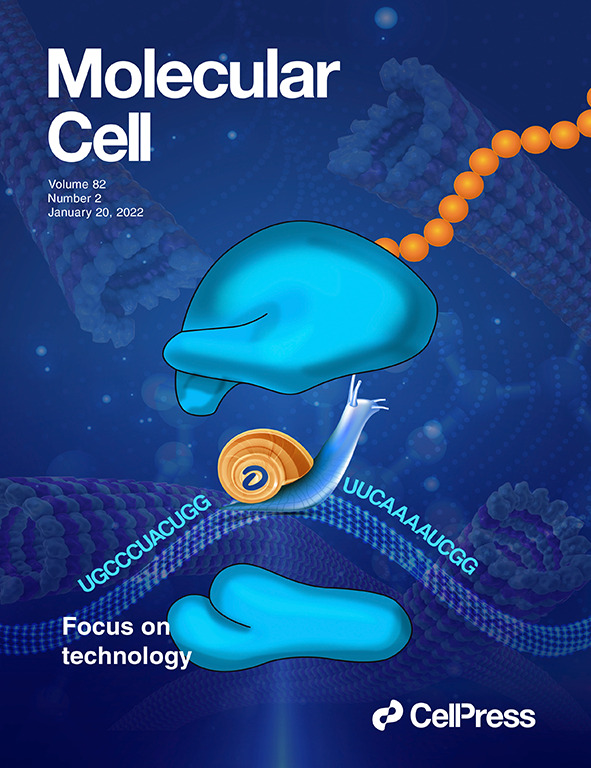对全身平衡的营养感知:超越细胞水平。
IF 6.5
3区 生物学
Q2 BIOCHEMISTRY & MOLECULAR BIOLOGY
引用次数: 0
摘要
系统的营养感知是一个基本的过程,使营养可用性与生物体的代谢需求保持一致。这篇综述探讨了肠道、胰腺、门静脉和脑器官中的营养传感器,它们通过神经元和激素信号检测并将营养状态传递给其他组织。与感知外部营养输入的口腔味觉感受器不同,这些营养感受器监测摄入后体内大量营养素(碳水化合物、蛋白质和脂类)和微量营养素(维生素和钙、镁和锌等必需微量元素)的水平。我们描述了每个器官识别营养浓度波动的具体机制,并讨论了这些信号如何整合到内分泌和神经回路中以维持全身营养平衡。最后,通过比较哺乳动物和无脊椎动物(如果蝇)的模型,我们提供了一个全面的视角,了解器官水平的营养感知如何维持不同物种的代谢稳态。本文章由计算机程序翻译,如有差异,请以英文原文为准。
Post ingestive systemic nutrient sensing for whole-body homeostasis
Systemic nutrient sensing is a fundamental process that aligns nutrient availability with an organism’s metabolic demands. This mini-review explores nutrient sensors in the intestine, pancreas, portal vein, and the brain—organs that detect and convey nutrient status to other tissues via neuronal and hormonal signaling. Unlike oral taste receptors that sense external nutrient inputs, these nutrient sensors monitor post ingestive levels of macronutrients (carbohydrates, proteins, and lipids) and micronutrients (vitamins and essential trace elements such as calcium, magnesium, and zinc) within the body. We describe the specific mechanisms by which each organ discerns fluctuations in nutrient concentration and discuss how these signals integrate into endocrine and neural circuits to maintain whole-body nutrient balance. Finally, by comparing mammalian and invertebrate models such as Drosophila, we offer a comprehensive perspective on how organ-level nutrient sensing upholds metabolic homeostasis across diverse species.
求助全文
通过发布文献求助,成功后即可免费获取论文全文。
去求助
来源期刊

Molecules and Cells
生物-生化与分子生物学
CiteScore
6.60
自引率
10.50%
发文量
83
审稿时长
2.3 months
期刊介绍:
Molecules and Cells is an international on-line open-access journal devoted to the advancement and dissemination of fundamental knowledge in molecular and cellular biology. It was launched in 1990 and ISO abbreviation is "Mol. Cells". Reports on a broad range of topics of general interest to molecular and cell biologists are published. It is published on the last day of each month by the Korean Society for Molecular and Cellular Biology.
 求助内容:
求助内容: 应助结果提醒方式:
应助结果提醒方式:


